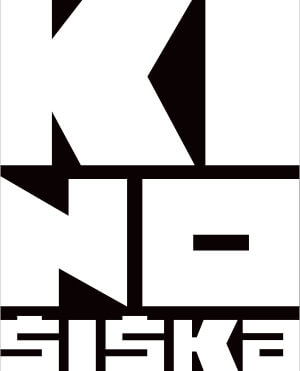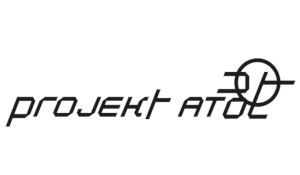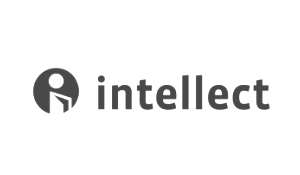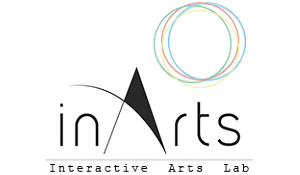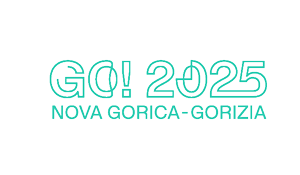The dynamic interplay of taboo, transgression, and transcendence offers a critical lens through which to explore the convergence of art and science within a perspective of ecology and media. We will look at ‘Ecomedia’ (Peters 2015, Jue 2020, Iheka 2021, Jue and Ruiz 2021), which engages with a deep reconfiguration of media as environments generative of the processes, in which ecological, cultural, and epistemological boundaries are renegotiated. Further, by drawing on Bateson’s Steps of an ecological mind (1972) and Michel Serres’ concept of the parasite (Serres 1982), we will show that the notion of interference between ecology and media becomes a productive framework for examining how art and science disrupt and reconfigure dominant systems, particularly in the context of environmental entanglements.
In Pia Arke’s *Tupilakusaurus* project, the parasitic figure of the Tupilak emerges as both an environmental and media construct. Drawing from Greenlandic mythology, the Tupilak is not only an artifact of cultural memory but also a critique of systemic exclusions within European art history. The methodological combination of art and science in Arke’s work mirrors an ecological media system, where cultural narratives, material histories, “elemental politics”, and technological practices intersect. Serres’ three parasitic systems—biological, social, and informational—are here reconceptualized through ecomedia theory, where interference serves as a means of reimagining relationships between human and nonhuman agents, media technologies, and planetary systems.
Theories of ecology and media situate the Tupilak as an ecological agent, amplifying its critique of colonialism through the materiality of media itself. The parasite becomes a medium of transgression, destabilizing Eurocentric frameworks by foregrounding the interconnectedness of cultural and ecological systems. Arke’s work resonates with Gregory Bateson’s principle that the unit of survival is organism plus environment, while also invoking Guattari’s ecosophy, where rooted parasitism critiques the "ecology of bad ideas" sustaining systems of exclusion (Guattari 2000).
By addressing taboos surrounding the limits of human and nonhuman agency, the transgressive potential of art-science collaboration invites a rethinking of identity, boundaries, and resilience. The parasitic interference into the convergence of ecology and media challenges dominant epistemologies, fostering an inclusive, multispecies critique of modern culture. Arke’s *Tupilakusaurus* thus exemplifies (as the title *Empirical Monsters* reflects) the monstrous as a method of interference and critique of the ways that art and theories of ecology and media may engage in a generative dialogue, reshaping the epistemological and cultural landscapes which we inhabit.
Gregory Bateson. 1972. Steps to an Ecology of Mind: Collected Essays in Anthropology, Psychiatry, Evolution, and Epistemology. Chicago: University of Chicago Press.
Felix Guattari, 2000. The Three Ecologies. London and New Brunswick: The Athlone Press.
Cajetan Iheka. 2021. African Ecomedia. Network Forms, Planetary Politics. Durham and London: Duke University Press.
Melody Jue. 2020. Wild Blue Media. Thinking Through Seawater. Durham: Duke University Press.
Saturation. An Elemental Politics. 2021. Melody Jue and Rafico Ruiz (eds.), Durham and London: Duke Unniversity Press.
John Durham Peters. 2015. The Marvelous Clouds. Toward a Philosophy of Elemental Media. Chicago and London: The University of Chicago Press.
Michel Serres. The Parasite. Baltimore and London: The John Hopkins University Press
I am a researcher and internationally acclaimed Media Art Curator at Aalborg University, Denmark. On top of my own sound/design practice, I am presently engaged with sound curation at the Momentum Festival in Norway.
I am Co-founder of conference series, including POM – Politics of the Machines conference series (with Laura Beloff) (since 2017) and RE:SOUND MAH2019 in Aalborg 19-23 August 2019.
I have published and curated several international exhibitions since 1994, including Kiasma, ZKM, Rupertinum, Ars Electronica, Eyebeam NY, Utzon Center Aalborg, Kunsthal Aarhus, and Museum of Contemporary art in Roskilde.
I generally work with media and sound in transdisciplinary, constructive, critical and creative maker settings and developing theory and ideas from those settings. I have a background as a professional curator at the Museum of Contemporary Art (Roskilde) with a focus on sound art (via the legacy from Fluxus mostly). And more currently (last 15 years or so), I teach Music, Sound and Media Art and Curating in theory and practice. Recently, my focus seems to have shifted a bit towards two trajectories: 1. sound curation in a new context, post-curating or uncurating of sorts. Bigger venues and festivals. 2. towards a sound practice drawing it seems on my early background as a sound practitioner (and singer) in the 80s and early 90s in transinternational exchange with other sound artists, cross-boundary, with a certain focus on words and sound as social agencies.
Anna Nacher works as Associate Professor at Jagiellonian University. Her research centers around digital aesthetics and media, with a focus on new media art, electronic literature, and sound art. She also ventures into environmental humanities and postcolonial theory. She has published in European Journal of Women’s Studies, Hyperrhiz, and Communications +1 (among others) and contributed chapters to edited volumes published with Routledge, Intellect and Brill. In 2021, together with Scott Rettberg (University of Bergen) and Soren Brø Pold (Aarhus University) she co-curated an online exhibition of electronic literature and digital art produced during the COVID19 pandemic: https://eliterature.org/elo2021/covid /
She is a 2020 Fulbright alumna, in 2019-2024 she served as a member of the Board of Directors of the Electronic Literature Organization.
In addition to her academic endeavors, Anna Nacher pursues a creative practice in sound and digital media.
She is an active member of permaculture community, Biotope Lechnica, which she has been building in the Carpathian mountainssince 2014.
She currently is working on the project on ecomedia, bridging her theoretical academic endeavors on postdigital aesthetics, media materialities and mediation as well as her creative and permacultural pursuits, under umbrella name of Breath Library.
More information and a full list of academic publications: http://breathlibrary.org
Back

